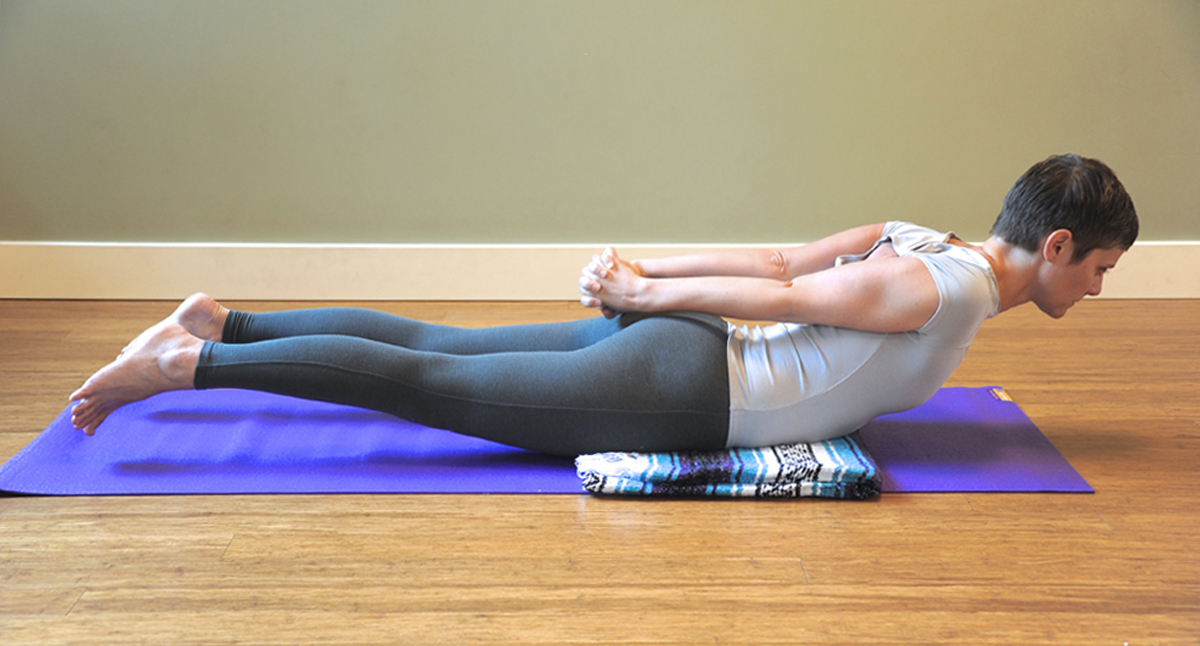
When we hear the word “core,” most of us think of the abdomen. Strengthening the core means a “flat stomach” or “washboard abs.” In fact, Americans seem to have a bit of an obsession with the rectus abdomini, the muscles that form the Holy Grail we call “six-pack abs.”
It’s true that strong abdominal muscles can help alleviate and prevent back pain. But there’s much more to the core structure than just the rectus abdomini. Other core muscles include:
- Internal and external obliques, the muscles that extend along the sides of the waist
- Transverse abdomini, deep muscles that wrap around the front of the torso
- Erector spinae and multifidi, muscles in the back that run along and between the vertebrae
Balancing the Core
Our Western hyper-focus on the abdominal muscles has potential to create back problems rather than solving them. Back pain is not simply the result of poor abdominal tone. Weak back muscles—also part of the core group—are just as responsible for back pain.
Contracted abdominal muscles, when not balanced by strong back muscles, can cause chronic spinal flexion (rounding). This can, over time, cause disc problems, especially in the lumbar and sacral areas.
Focusing simply on the abdominal muscles while neglecting the back muscles creates an imbalance, and can further weaken the back. So in order to truly strengthen the core, we have to give as much attention to strengthening the back as we give to toning the abs.
In my classes, whenever my students request core-strengthening poses, we practice poses such as Phalakasana (Plank Pose) and yoga sit-ups. But I always make sure that we practice poses that strengthen the other core muscles, including the back muscles. Prone backbends are some of the safest and most effective poses for strengthening the back muscles. Among these, Salabhasana (Locust Pose) and its many variations, are my staple poses.
Practicing Salabhasana
Salabhasana is not likely to ever be an Instagram star. It doesn’t look like much. But practicing it, with its many variations, can strengthen back muscles from the glutes to the rhomboids. Contracting these muscles around the spine can both help prevent and alleviate osteoporosis and osteopenia.
Here are some tips for practicing Salabhasana:
- Lie face down on a yoga mat. I like to place a folded yoga blanket under the pelvis to cushion my hip bones against the floor. Rest your forehead in your hands and take 5 to 10 deep breaths into your back.
- Extend your arms alongside your body with your palms facing your thighs.
- Pressing the lower body into the floor, lift your chest and arms up toward the ceiling. Do not throw your head back. Make sure you lengthen the back of your neck, extending the base of your skull away from your shoulders. You should be looking at the floor. This helps keep the hyoid bone in its neutral position so that your abdominal organs can tone back to give frontal support to the spine. For more info on the hyoid bone, read this post.
- Lift your arms up toward the ceiling, and take 5 or more breaths here. Breathe deeply into your abdomen so that your body oscillates as you breathe.
- Release the pose. Rest your forehead in your hands and breathe deeply into your back.
This is just one variation of Salabhasana. There are other variations that focus on strengthening different parts of the back. Using the basic instructions above, practice these variations:
- Extend your arms straight outward from your shoulders and lift the chest and arms, while you ground the pelvis and legs.
- Extend your arms alongside your body, as in the above instructions. Lift the chest and the legs.
- Extend the arms straight outward from your shoulders and lift the chest and the legs.
- Clasp your hands behind you and extend your arms. Practice by lifting just the torso and then lifting the torso and legs.
- Place your hands underneath your thighs with the palms facing upward and lift just the legs.
Practicing all these variations in a core-strengthening class will address the upper and lower back, and the glutes.
Here are a few other poses that help strengthen the back muscles:
- Parsva Balasana (Bird Dog Pose): This is a great pose for strengthening both the front and back of the core. I also offer it as an alternative to the Salabhasana variations for several students whose thoracic spines are rounded to the extent that lifting off the floor in Salabhasana is not possible.
- Bhujangasana (Cobra Pose): Practicing Cobra Pose using the back muscles, rather than the arms, to lift the torso, confers many of the same benefits as Salabhasana.
- Dhanurasana (Bow Pose): Dhanurasana strengthens the back muscles and gives a substantial stretch to the front body muscles, including the quadriceps, hip flexors and abdominal muscles.
- Setu Bandha Sarvangasana (Bridge Pose): An upside-down Bow Pose, Bridge Pose confers the same benefits, but in a different relationship to gravity.
